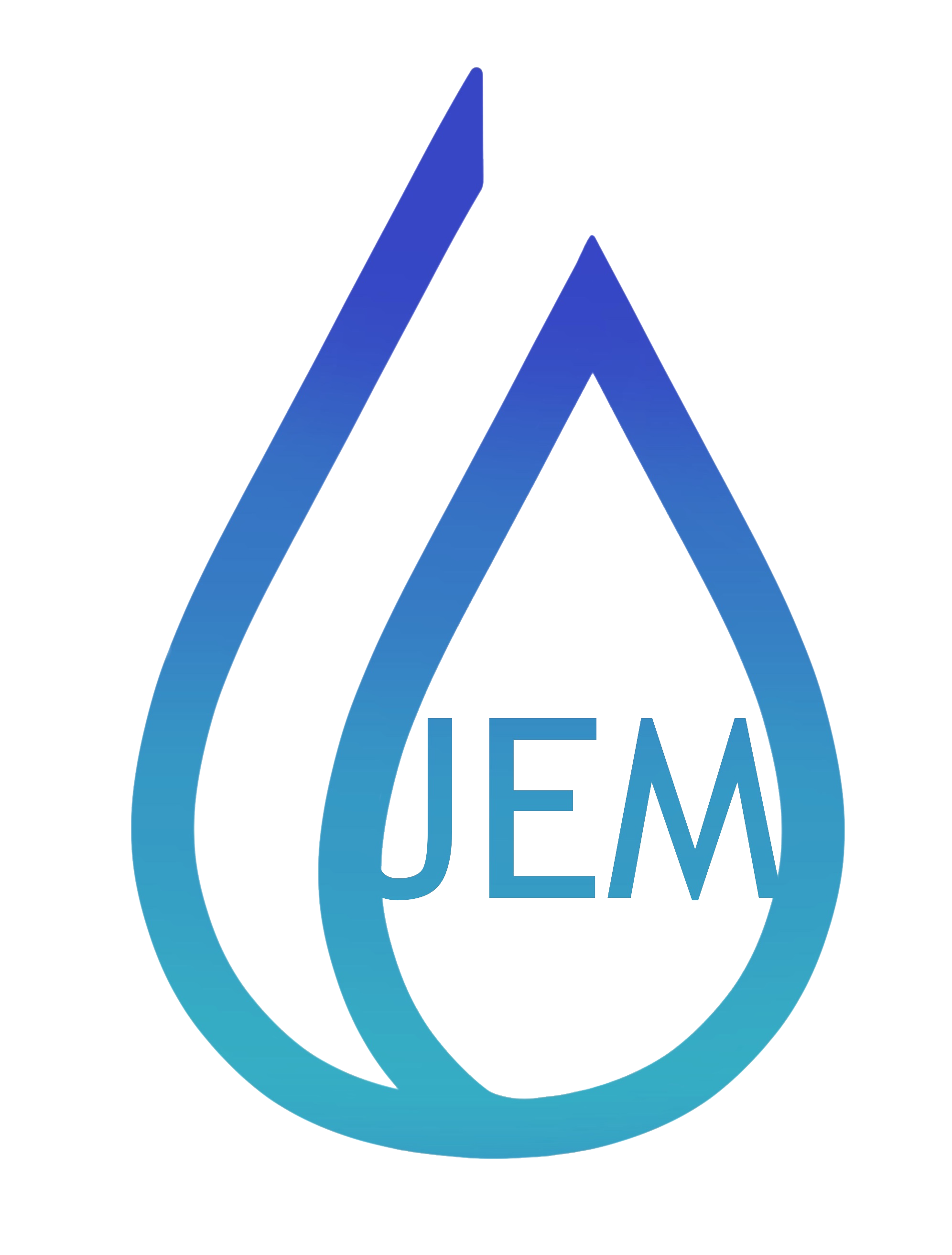Recognizing the distinctions between proactive and reactive approaches is essential for developing effective strategies for managing people and projects. Each method has advantages and disadvantages; selecting the appropriate one can significantly influence the success of your plans.
Discussion Points:
- How do you manage issues in the workplace?
- Recognizing the distinctions between proactive and reactive.
- Advantages of proactive and reactive planning.
Discussion:
When confronted with challenges or obstacles, there are two approaches one can take: proactive and reactive.
Proactive planning involves a strategic and forward-thinking approach to developing and implementing plans. It entails anticipating potential challenges and opportunities in the future and taking steps to address them before they escalate into problems. Proactive planning requires careful analysis, forecasting, and decision-making to ensure that plans are practical and successful. By adopting a proactive approach, individuals can stay ahead of the curve, foresee potential issues before they become serious, and adapt quickly and effectively to changing circumstances.
Reactive planning refers to responding to challenges and opportunities only as they occur, focusing on immediate issues rather than anticipating and preparing for future situations. While this approach can be necessary in emergencies or unexpected events, relying solely on reactive planning can lead to inefficiencies, missed opportunities, and a higher risk of failure.
Recognizing the value of proactive planning for achieving long-term success and sustainability is essential. Being proactive enhances productivity, efficiency, and success in the workplace. Individuals can anticipate and address challenges by taking initiative and planning before they escalate into significant issues.
Many companies adopt proactive maintenance using the appropriate tools, resources, personnel, and skills to foster a positive work environment. In contrast, reactive maintenance waits for equipment to break down or approach failure. This approach often results in inadequate oversight, more significant operational risks, a shortage of resources and replacement parts, and decreased worker morale.
Proactive maintenance involves planning, scheduling, and completing tasks within a set timeframe to ensure equipment operates effectively. This process includes conducting regular inspections based on established schedules, performing thorough assessments, and paying careful attention to detail. The maintenance schedule may need to be adjusted based on equipment wear and tear and the number of machines used. Additionally, the schedule should be updated whenever new equipment is introduced.
Proactive maintenance is generally more productive, efficient, and cost-effective, enhancing equipment’s effectiveness. It also boosts morale and creates a better work environment. By taking a proactive approach, individuals can anticipate and plan for risks and challenges more effectively. This approach allows them to seize opportunities, achieve their goals, and build a dependable reputation.
As always, stay safe out there!


Recent Comments